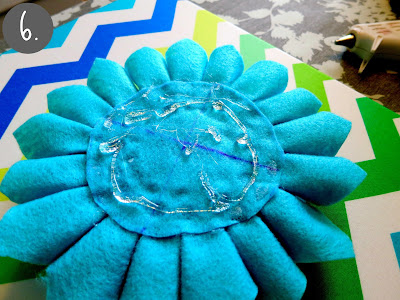So, now you've got your boxes built in the perfect location, filled them up with Mel's mix, and have the primed for planting.
Step 1: Choosing what to plant
What are you going to plant? First, head to your local county extension office, or their website, to find out the perfect time of year to plant any type of veggie for you specific area. Our local extension office website had a great pdf document that I downloaded that detailed the best planting dates for almost every type of vegetable.
Your local extension office can also tell you what variety of each vegetable grows best in your area. For example, living in east Texas, the "Celebrity" tomato grows well but, if I lived in southern California I might choose the "Pink Ping Pong" variety.
The amount of sunlight your square foot garden receives should also be taken into account, although hopefully you considered this when you were planning your garden's location. Most vegetables need full or almost full sun (at least 6-8 hours of sunlight daily).
Most importantly, choose produce that you love to eat!
Step 2: Planting
Once you have chosen what you would like to plant, get outside and get your hands dirty!
Most vegetables planted in the square foot garden method are planted either 1, 4, 9, or 16 plants per square foot, depending on how far apart they need to be spaced.
Green onions, for example, need only 3 inches between each plant, so you can get 16 of them per square foot. Tomato plants need to be spaced 12 inches apart, so you would only place one of them in each square.
In our single, 4'x4' box in our garden (we will be adding more for summer crops soon), we have 48 regular onions, 4 cloves of garlic, 32 carrots, 4 heads of lettuce, 4 bunches of spinach, 32 green onions, 4 bunches of swiss chard, and 4 pea plants. That's amazing, right?!? I love that soooo much produced can be grown in such a small area! That is the beauty of this gardening method.
Since Spring is on the way, you'll want to choose warmer weather crops to plant. These are some commonly grown summer crops and the number of plants of each variety you can get in each square foot:
Bush beans: 9
Pole beans: 8
Corn: 4
Cucumber: 2
Eggplant: 1 (grow from seedlings)
Melons: 1 plant per 2 sq. ft
Okra: 1
Peppers (sweet and hot): 1 (grow from seedlings)
Strawberry: 4
Summer squash: 1 per 2 sq. ft
Tomato: 1 (grow from seedlings)
Herbs:
Basil: 1
Chive: 16
Cilantro: 1
Oregano: 1
One more thing to keep in mind when planting: you really don't want 2 plants of the same type side-by-side. Spreading your plant varieties around each garden box helps to ensure even consumption of nutrients from your soil.
Once you have your seeds or seedlings planted, water them thoroughly. We water and check for weeds about every other day, which takes about 20 minutes a week max which is another great perk of this gardening method- so little maintenance! Remember that gardens raised up above the ground will dry out faster than traditional, in-ground gardens (though your oil dry in the soil will help with this). So, when you go outside, just pop over to your garden and feel the surface and about and inch or two down into the soil to check how moist it is and water if you need to.
I'd love to hear what you're planting this spring! Leave me a comment to let me know!
I'll have some pictures of our garden tomorrow when the sun is back out :)





























